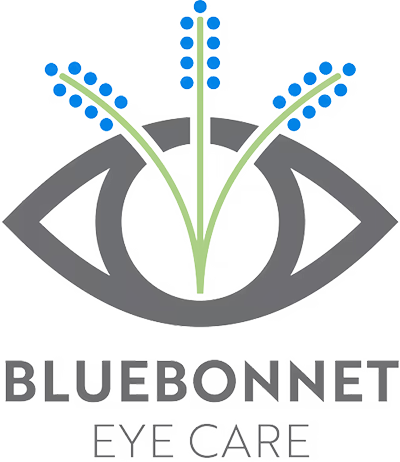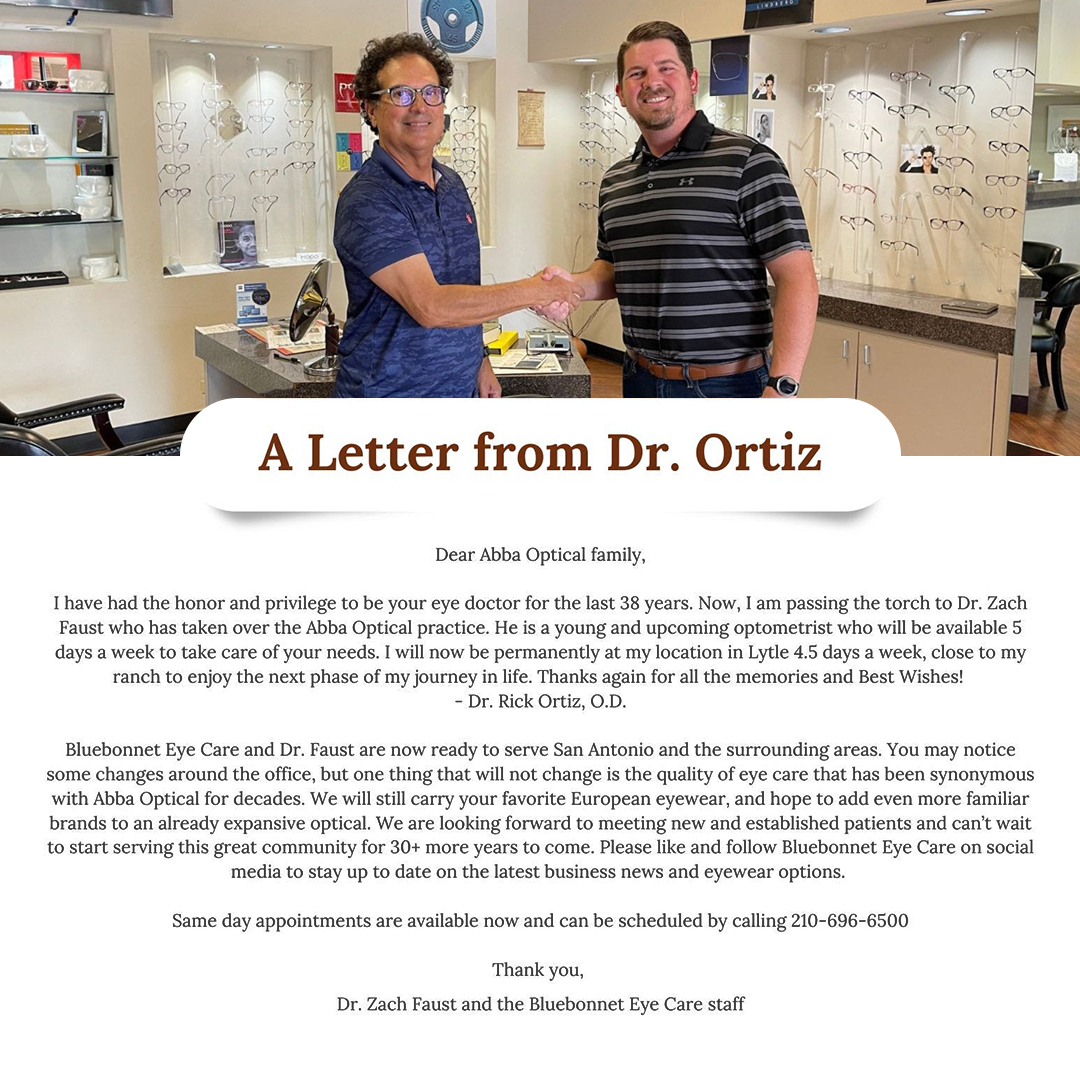
As we age, our eyes naturally go through changes that can affect how clearly we see. While cataracts are one of the most common age-related eye conditions, they aren’t the only cause of blurry or distorted vision in older adults. Understanding how cataracts differ from other vision changes can help protect your sight and quality of life.
What Are Cataracts?
Cataracts occur when the normally clear lens of your eye becomes cloudy, making it harder to see details, colors, and contrast. This clouding develops gradually and can cause symptoms such as:
• Blurry or hazy vision
• Difficulty seeing at night or in bright light
• Faded or yellowed colors
• Glare and halos around lights
Cataracts can develop in one or both eyes and are typically age-related, although factors like diabetes, smoking, and prolonged UV exposure can increase the risk.
Other Common Age-Related Vision Changes
While cataracts are widespread, other conditions can also impact vision as you age:
• Presbyopia (Loss of Near Focus): Around age 40, many people begin to notice difficulty reading up close. This occurs when the eye’s lens becomes less flexible, making it harder to focus on nearby objects. Reading glasses or multifocal lenses can help correct this.
• Age-Related Macular Degeneration (AMD): AMD affects the macula - the part of the retina responsible for central vision. It can cause blind spots or distortion in the center of your sight, making activities like reading or recognizing faces more difficult.
• Glaucoma: This group of diseases damages the optic nerve, often without early warning signs. Left untreated, glaucoma can cause peripheral vision loss and eventually lead to blindness.
• Dry Eye Syndrome: Tear production tends to decrease with age, leading to irritation, redness, and fluctuating vision. Regular eye care and targeted treatments can help relieve symptoms.
• Diabetic Retinopathy: For those with diabetes, changes in blood sugar levels can damage the tiny vessels in the retina, leading to vision loss if not properly managed.
Why Routine Eye Exams Are Important
Many of these age-related eye conditions develop gradually and often without pain or early symptoms. Routine eye exams are essential for early detection and management. Your optometrist can identify changes in your eyes long before you notice any symptoms, helping to preserve your vision through timely treatment or preventive care. Regular exams also allow your eye doctor to monitor the progression of cataracts and discuss when surgery might be beneficial, as well as detect other conditions that may require specialized management.
Schedule Your Eye Exam at Bluebonnet Eye Care Today
Cataracts may be common with age, but they’re just one piece of the vision health puzzle. By understanding how they differ from other age-related eye changes and by keeping up with routine eye exams you can take proactive steps to maintain clear, healthy vision for years to come.
Schedule your next eye exam with Bluebonnet Eye Care to ensure your eyes are healthy and stay ahead of age-related eye conditions. Visit our office in San Antonio, Texas, or call (210) 696-6500 today.











